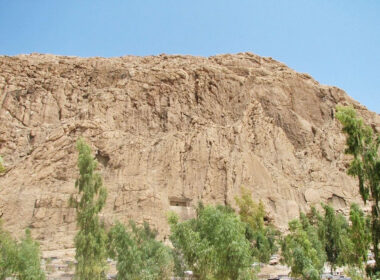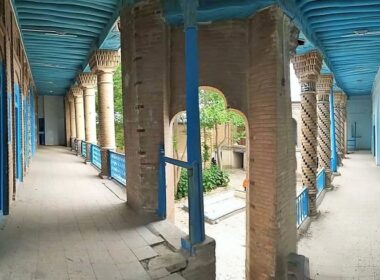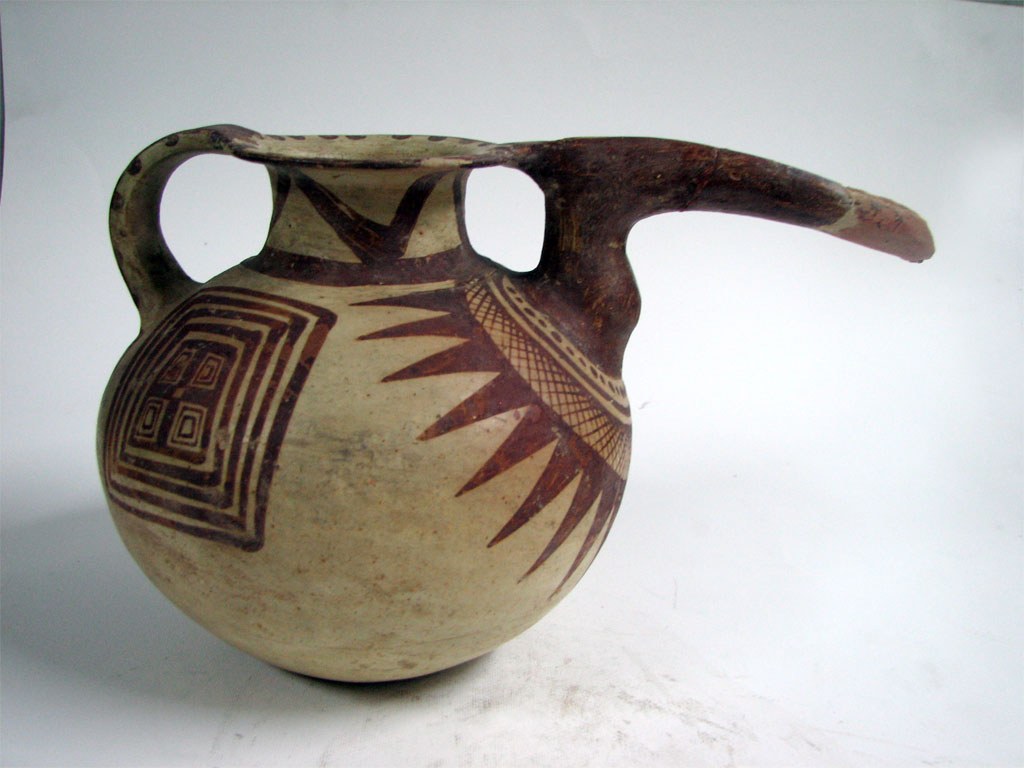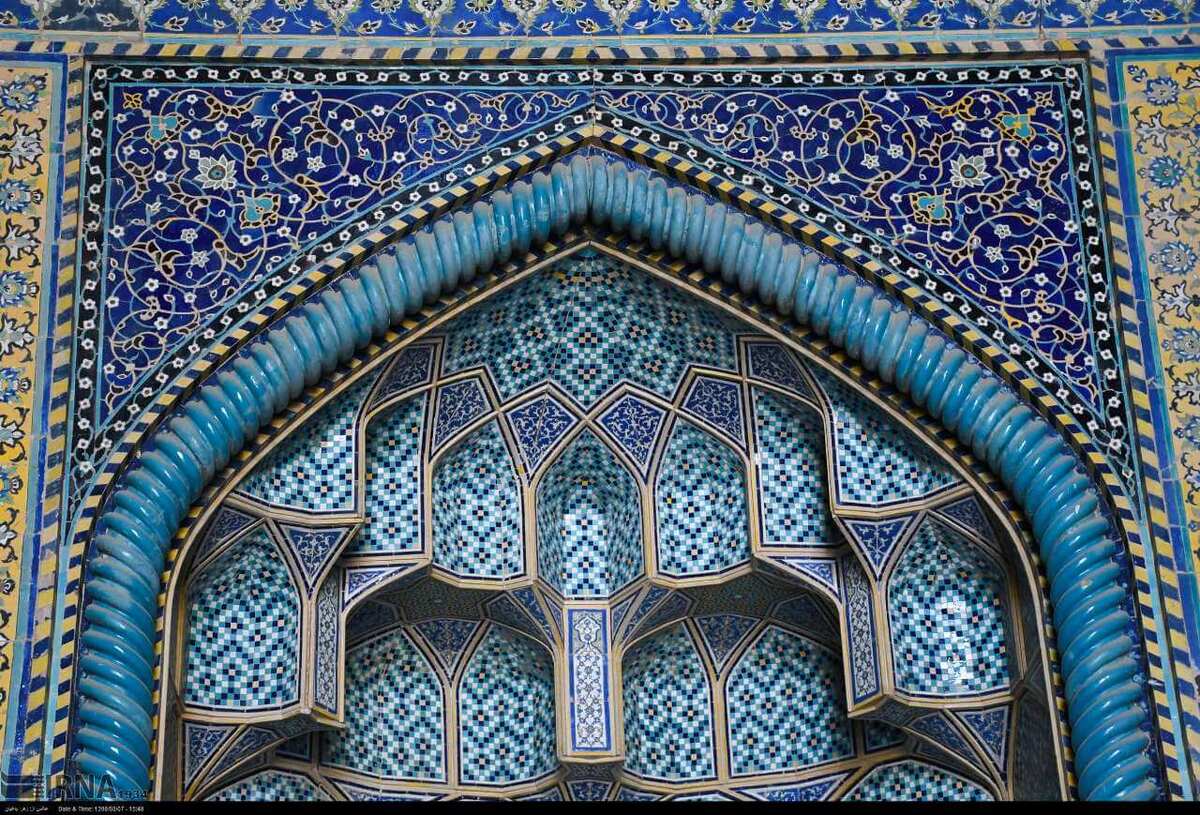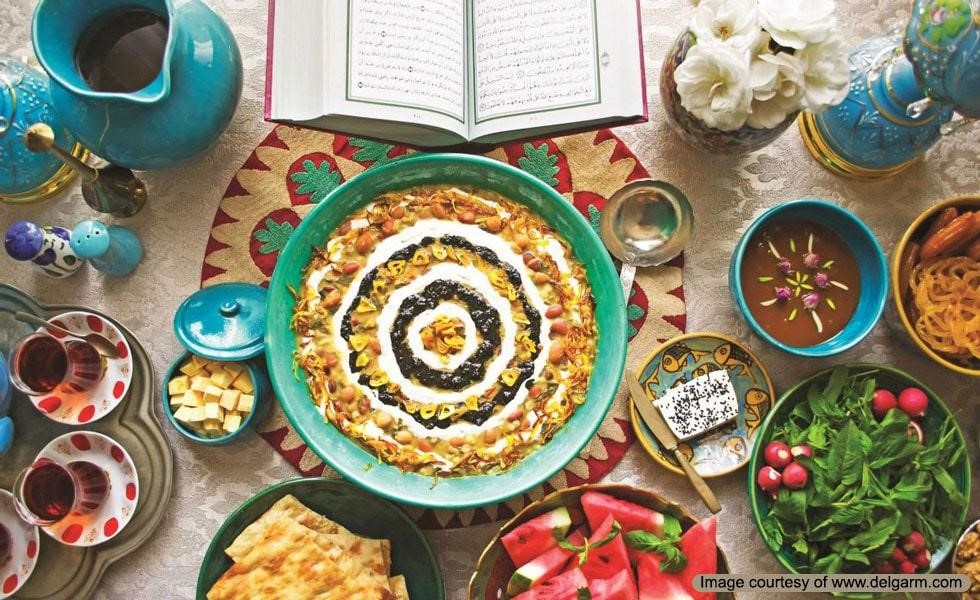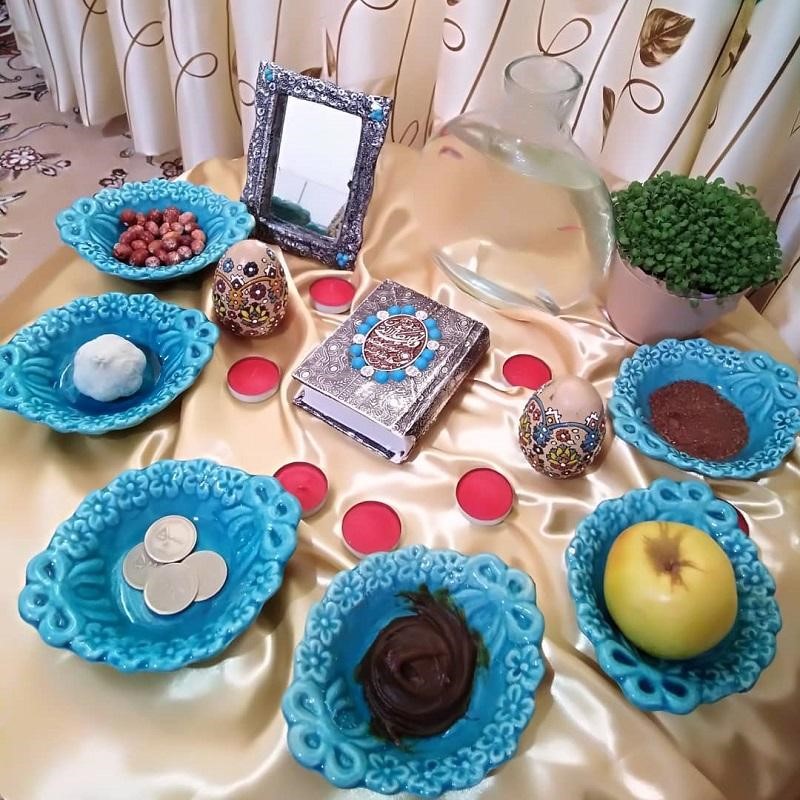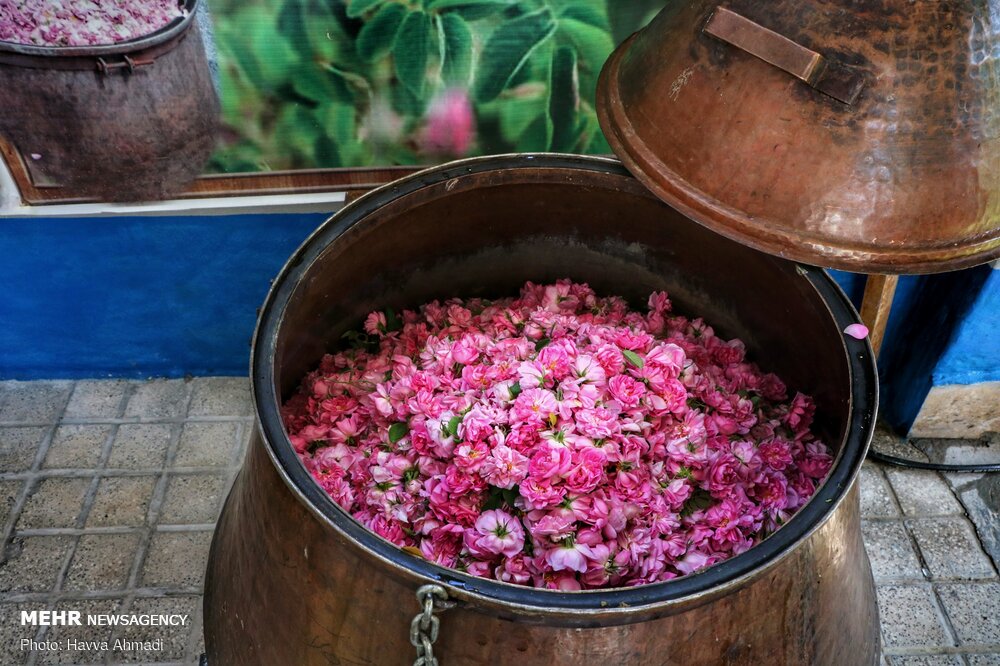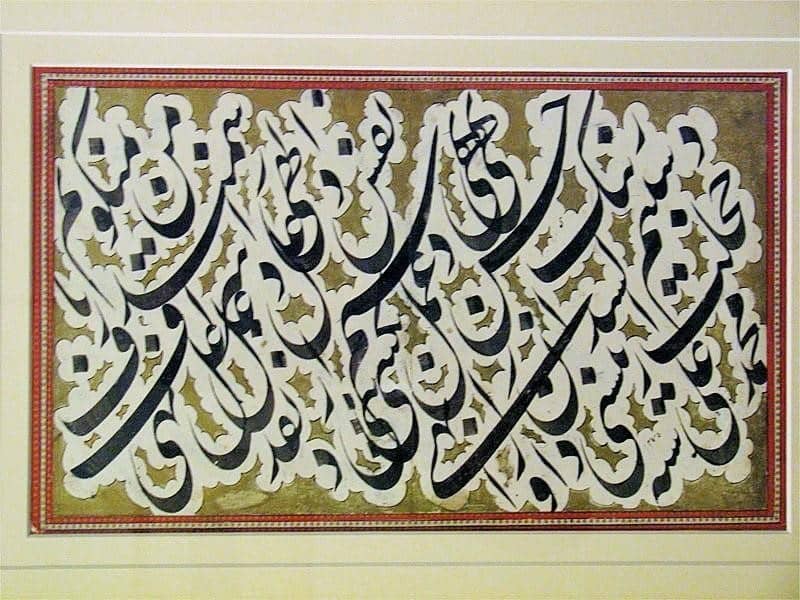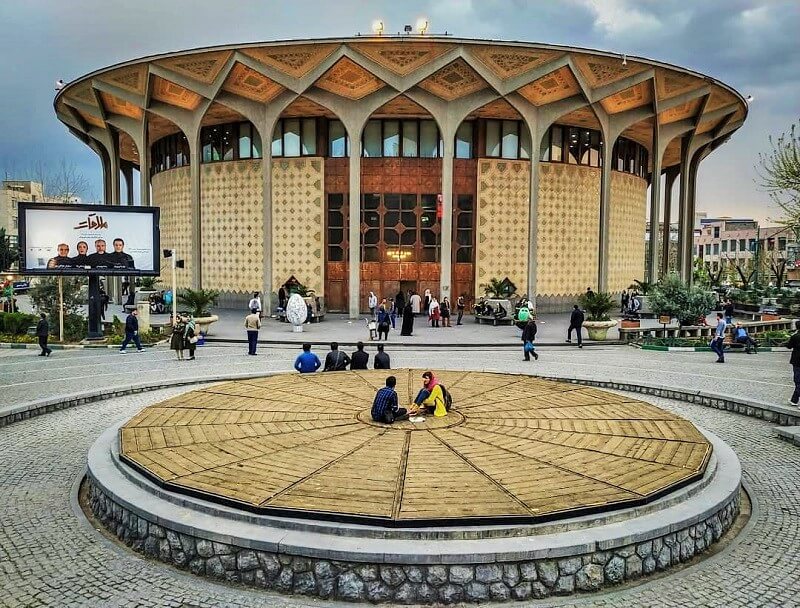
The theater was originated, through evolution, from religious rites and ceremonies. Even when it grew to a point where it contained no rites or worshiping, it still needed religious bodies and their treasury. In monotheist religions like Islam or Zoroastrianism, it is blasphemous to imagine any likeness for god or saints. Therefore, they are less interested in plays than others.
Naturally, people’s tendencies developed toward amusement and caused the early forms of theater to lose their religious shells.
Theater in Iran before Islam
Some early examples of plays in Iran must have started in the prehistoric era while harvesting crops, hunting animals, round-the-fire evenings, etc. It started with dances, narrations, storytelling, and so on. Several principle features of this period were transferred to historic period plays like make-up, mask-wearing, acts, gestures, and performance agreements.
Later, some heroic and mythical characters formed the themes of theaters like Siavash, Rostam, etc. In some cases, the groups of actors accompanied army expeditions to dance war dances both to amuse the troops and arouse their fighting spirits. There must have been theater places at least in Ecbatana and Kerman.
After Alexander’s invasion of Iran, Greek theater influenced Iranians.
Historical events like Geomatai the magi being killed by Darius the Great, seasonal changes like the end of wintertime, and other important occasions made their way into people’s festivals, games, and celebrations that could ultimately develop ancient communities’ theatrical interests toward a better-established art.
During Sassanians, some thousands of gypsy actors, actresses, singers, musicians, and puppeteers came to Iran from India and dispersed in various corners of the empire to present their art, which later formed one of the solid foundations of Iranian theater.
Theater in Iran after Islam
After the Arabs’ invasion of Iran, as they did not know anything about theater, they could not present theirs to Iranians or ban it. Therefore, the religious intermediaries, clergymen, prohibited theater by their personal interpretations of the verses of the Koran or similar traditions. Apparently, it was considered interfering with God’s creation to create a character in a play, but as the creative taste of acting could not be suppressed, it could find other ways to express itself within the next two or three centuries in a more closed way.
People’s hatred of bully superiors and their wishes formed the themes of the plays performed by gypsies.
Religious Theater (Ta’azieh)
During Moharram (a month in the lunar calendar) which was the mourning period for the martyrdom of the third Imam of Shiite Muslims, some specific ceremonies began to commemorate his martyrdom. They were later held in a more organized way. The ceremonies were rooted in the old traditions of mourning for Siavash in ancient Iran as it had consisted of the same themes and forms.
The interesting points in these religious gatherings are the harmony and gentleness of group movements, their act-like states, and at times their dances combined with mourning songs choir. Decoration and clothing also gained the attention of directors.
During the Safavid period, Iranian theater became more popular and part of people’s routine entertainment.
It was at the same time that imitation was developed in various forms to amuse people. Plays were not written. So, governmental officials could not arrest theater people for what they had said or acted on based on documents. Of course, sometimes, it was the government’s policy to let people feel free to prevent explosions.
The Re-emergence of Iranian Theater
The clowns penetrated people’s hearts as well as those of kings. Therefore, there were special clowns for some kings in their courts. Generally, there were some independent theaters in Iran after Islam: storytelling, puppet plays, ta’azieh, and joyful plays.
Epic stories, religious stories, and then epic-religious stories were narrated to people by storytellers in public places like squares, coffee shops or tea houses, etc. Storytellers kept Iranian poems transferred to illiterate people as well.
Mongols and Ottomans largely influenced Iranian puppet plays, but later some old Iranian themes were played in new forms.
Ta’azieh became one of the best-organized popular plays in Iran that was Imam Hossein’s commemorative ceremonies together with passion plays in which early post-Islam period events were acted. Little by little, plays started to be written and recorded.
Joyful plays were revived as people’s inner needs grew to compensate for all the bitter moments of real life. So, society mocked and ridiculed them – criticism.
Gypsy performers started to settle instead of hawking. Some buildings were used for theaters temporarily. Later, they became permanent ones.
European Influence
European theater influenced the theater in Iran, but the imitation of them started to make people interested in Europe. This imitation was carried out in a weak manner. Iranian theater was overwhelmed by the new themes, costumes, etc. So, two different classes of people cared for traditional and so-called intellectual theaters: the first group in poor quarters of cities and the second in the best financial state.
Women who have been banned from acting in the public had their own private circles, which stopped when theater actresses went on stage in the 20th century.




